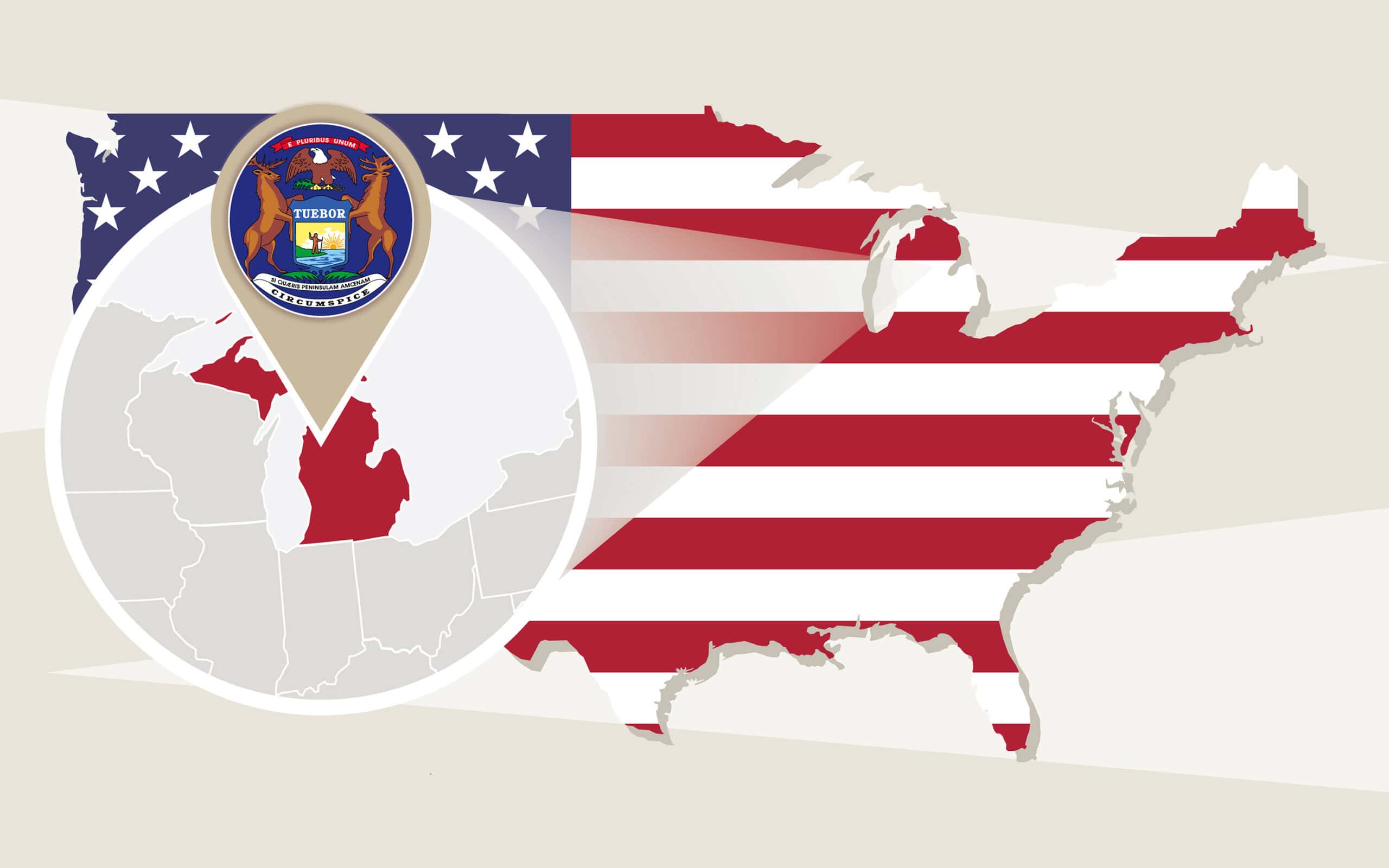Toastable Breakfast Treats: Pop-Tarts (1964)
Bill Post, a resident of Grand Rapids, contributed to the American breakfast routine by inventing Pop-Tarts in the 1960s.
Tasked by Kellogg’s to create a toaster-friendly food, Post devised a method to bake pastry and icing without causing a meltdown.
The new treat was initially tested in shopping malls and targeted towards children, quickly becoming a widely-enjoyed breakfast product.
Post, now in his mid-90s, counts frosted strawberry Pop-Tarts among his own breakfast favorites, preferably in their original, untoasted form.
The Wintertime Revolution: Snowboard (1965)
In 1965, Muskegon’s own Sherman Poppen invented the snowboard, introducing a novel way to enjoy winter sports.
He originally crafted the “Snurfer” by fastening two skis to entertain his daughters during a snowy Christmas.
This invention garnered such interest that Brunswick Corp. acquired the patent and went on to sell over a million units. Poppen’s innovation is considered the foundation of snowboarding as a sport.
The Pioneer of Indoor Pet Care: Cat Litter (1947)
Edward Lowe of Cassopolis revolutionized pet care with his serendipitous invention of cat litter.
When his neighbor sought an alternative to sand, Lowe supplied granulated clay, which proved to be a superior absorbent.
Realizing its potential, he brought his product to market, coining the term “Kitty Litter.”
His brainchild led to a surge in the popularity of cats as indoor pets and spawned a company that became the top producer of litter box filler in the United States.
Advancements in Medical Comfort and Efficiency
Gentle Cast Removal and the Electric Hospital Bed (1947, 1958)
Kalamazoo’s Homer Stryker, an orthopedic surgeon by trade, noticed inefficiencies in patient care and acted upon them.
He designed a bed that could rotate to prevent bedsores and a rubber heel for walking casts.
The Stryker saw followed, capable of removing casts without harming the patient.
His innovations laid the groundwork for the Stryker Corporation, a leader in medical technology.
Nutritious Convenience for Infants: Canned Baby Food (1928)
The Fremont Canning Company found a new purpose in 1927 when Daniel Frank Gerber sought a convenient nutritional solution for his ailing infant daughter.
The result was a range of baby foods that offered healthful ingredients in a convenient form.
With widespread marketing, including the iconic Gerber Baby image, the company solidified its presence in baby nutrition, eventually leading to its renaming as the Gerber Products Company.
Forward Steps in Medicine: Synthetic Penicillin (1957)
John Sheehan, a native of Battle Creek, dedicated his career to chemistry with a personal interest in antibiotics due to his battles with childhood illnesses.
After years of study and research, he succeeded in synthesizing penicillin, expediting its production for medical use.
His work was vital in making antibiotics more readily available to combat infections.
A Touch of Elegance: Furniture Designs (Late 1800s)
The latter part of the 19th century saw Michigan emerge as a hub for inventive and durable furniture design, giving rise to a legacy that continues to influence the industry.
These pioneering designs from Michigan set a standard for quality and style in furnishings that endure to this day.










Comments
Liz G.
As someone who hits the slopes every chance I get, I had no idea the snowboard was invented in Michigan of all places! Sherman Poppen really did us winter sports enthusiasts a solid.